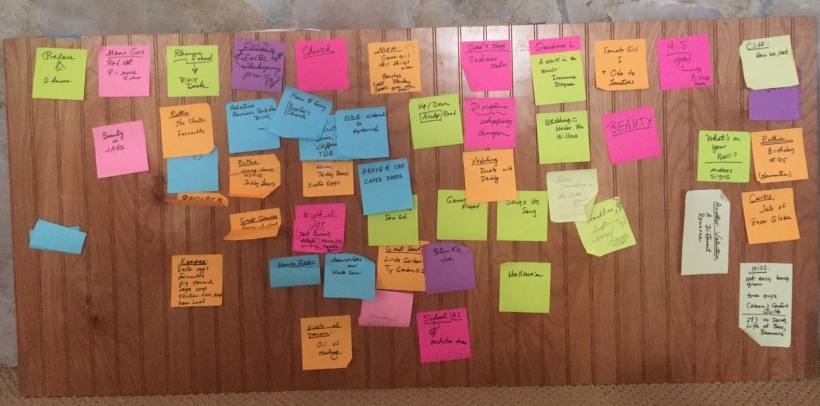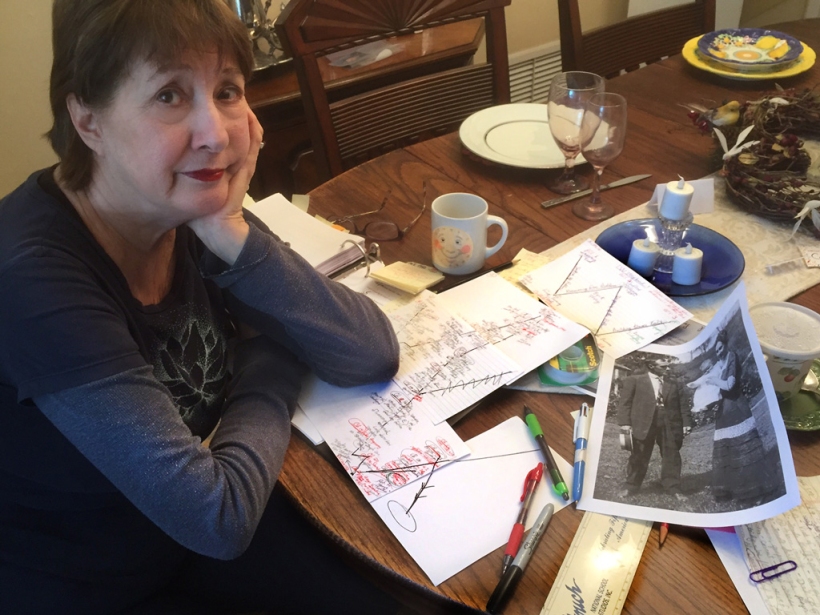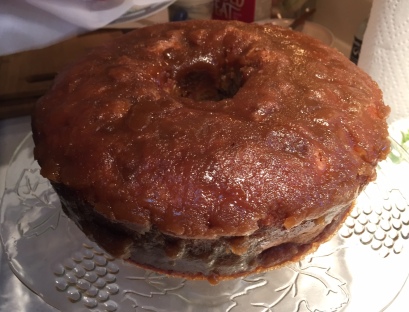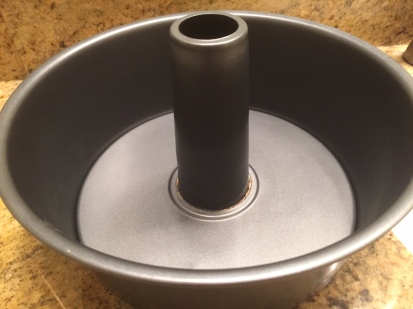Events in our lives happen in a sequence in
time, but in their significance to
ourselves they find their own order . . . the
continuous thread of revelation.
—Eudora Welty, One Writer’s Beginnings
Writers find real life images to compare what happens as they mold life events into stories:
- To fabric (thread and weaving)
- To clay (molding a lump into a recognizable form)
- To construction (building a house from the foundation up)
Finding the right shape for telling our story is a critical step in the memoir writing process. Writers call it the narrative arc.
Paging through a photo album of my trip to Switzerland, I have found another metaphor for structuring my memoir: Contours of the Swiss Alps

Climbing the Alps fits with the theme and title of Journey of Memoir by Linda Joy Myers and Brooke Warner. “One of the most challenging aspects of writing a memoir, which of course is based on true and real events in your life, is to create a plot out of what happened.” (104)
I know my life story. I don’t have to make up events and characters. Through trial and error, I have decided that my theme is the quest for my true self as a sheltered Mennonite girl growing up in Lancaster County, Pennsylvania.
Still, I have to mold my tale into a story of transformation, one that will grip readers’ imagination and keep them turning the pages.
* * *
Aristotle affirms that every story needs a beginning, a middle, and an end: Act One, Act Two, Act Three.
Stories that intrigue have conflict too. For example, when you saw a play like Our Town or Macbeth, you were transported into another world through exposition, rising action (the story builds), a crisis, a climax, and finally a resolution.

My 7 Steps . . .
- I created a timeline of vivid memories in my life. This is how I hoped to arrive at my turning points, moments of significant change. As I drew, I thought in terms of chronology. What is my first memory? What stands out in elementary school? What family events pop up? Who looms large as a mentor? Answers to these questions could become turning points, I believed.
- Then I thought about scenes. On colored stickies I randomly wrote phrases that came to mind. For example: The phrase “Daddy yodeling” could turn into a scene about my sisters and me taking turns singing with Daddy at the piano, relating to the impact of music upon my formative years.
3. Next I gathered random scenes into a sensible order. Writers choose scenes based on how well they relate to their theme, the message of their memoir. For example, a theme can be traveling and what you learned on the journey, recovering from a challenging situation like an illness or abuse, or the struggles of becoming a chef. My own theme can be stated as a question: How can a girl from a sheltered and restrictive Mennonite culture find her place in an emerging new life?
A memoir is not an autobiography. I couldn’t include every detail of my entire life. I selected only those scenes that related to my theme. I write about this in a previous post.
- Sometimes I felt stuck. Fatigue sets in on a long climb. Air is more rare as one moves into the higher altitudes (Alp-titude in Swiss terms). Sometimes I felt faint-hearted.
- I constructed a narrative arc composed of scenes relating to my theme. A narrative arc can take several forms: curvy like a hill or jagged like the Swiss Alps.
The core of mine turned into an upside-down V-shape, rather like a peak in the Swiss Alps
The sticky notes make it possible for me to move ideas around easily. In fact, I’ve moved some notes into a different order since the photo was taken.
6. I’ve printed out copies of drafts. As I’ve progressed, I’ve stored manuscripts in labeled folders on my computer desktop. But I’ve also printed out copies of my drafts from my laptop because I find it helpful to touch the pages and make marginal notes in colored ink. Pages in the binders feel book-like, real.
7. I try to overlook messiness in my work space. Generally, I’m a neatnik, but worries about order, except in my writing, distract from my creative process.
So, that’s where I am now!
I began with an impulse to tell my story which progressed from
Journals –> Blog posts –> Memoir Drafts
At the moment, I’m in the muddy middle, aiming to complete the journey across the Alpine-scape of memoir.
More to come . . .
How about you?
Have you made a similar journey with memoir? How would you chart your narrative arc?
Coming next: Moments of Discovery, a Bubble, a Dome, a Mirror











